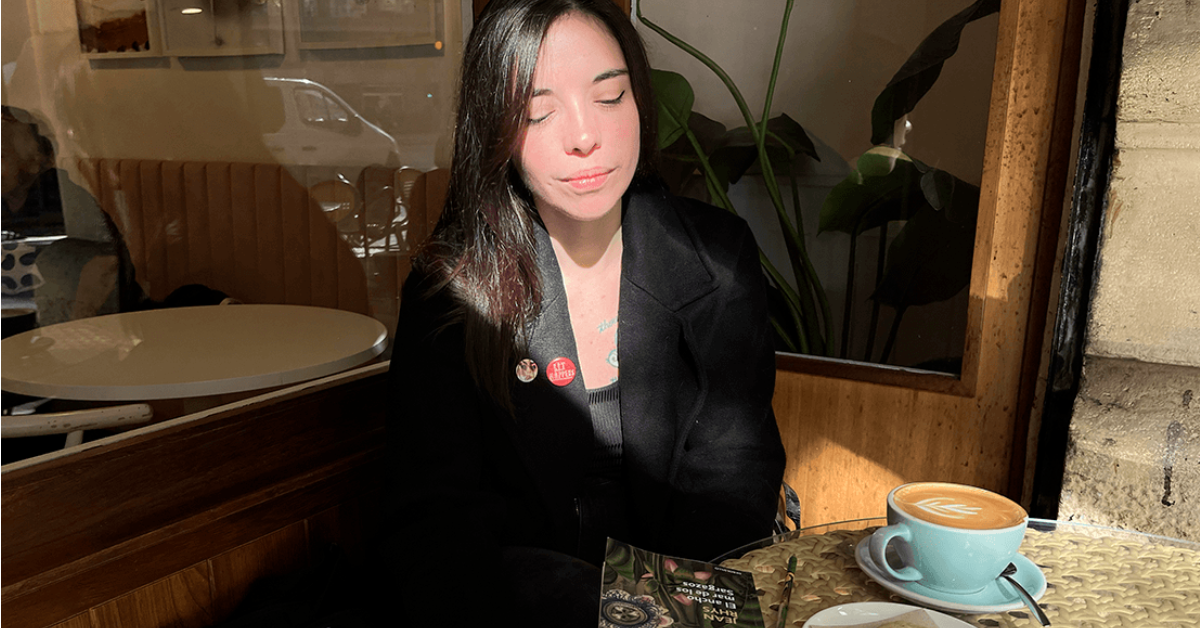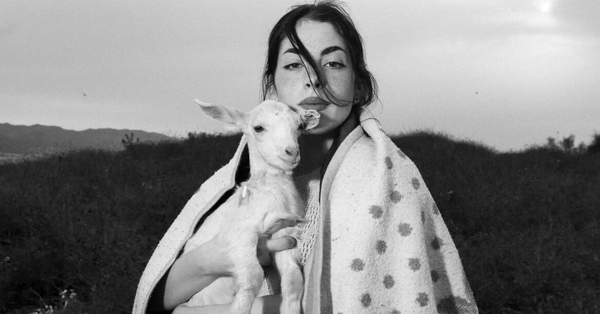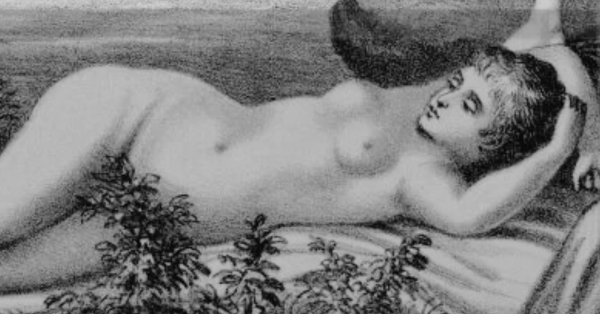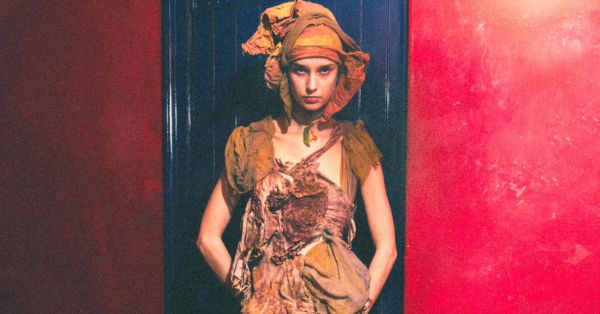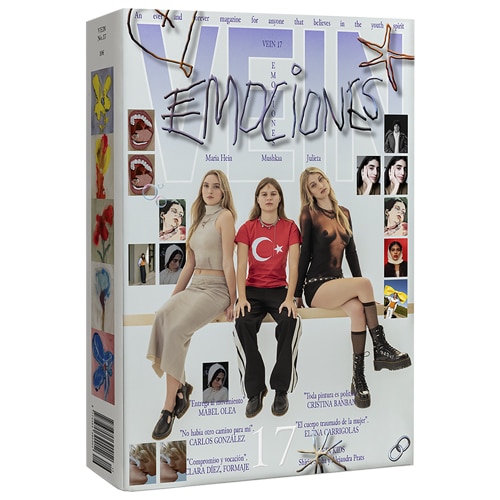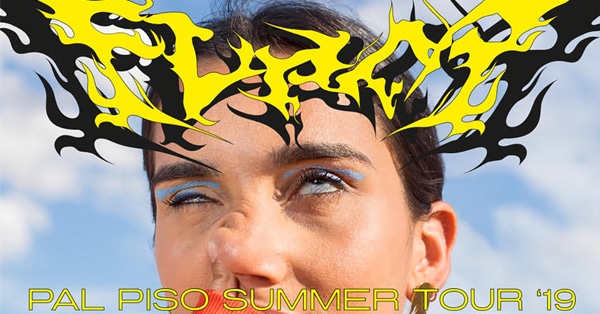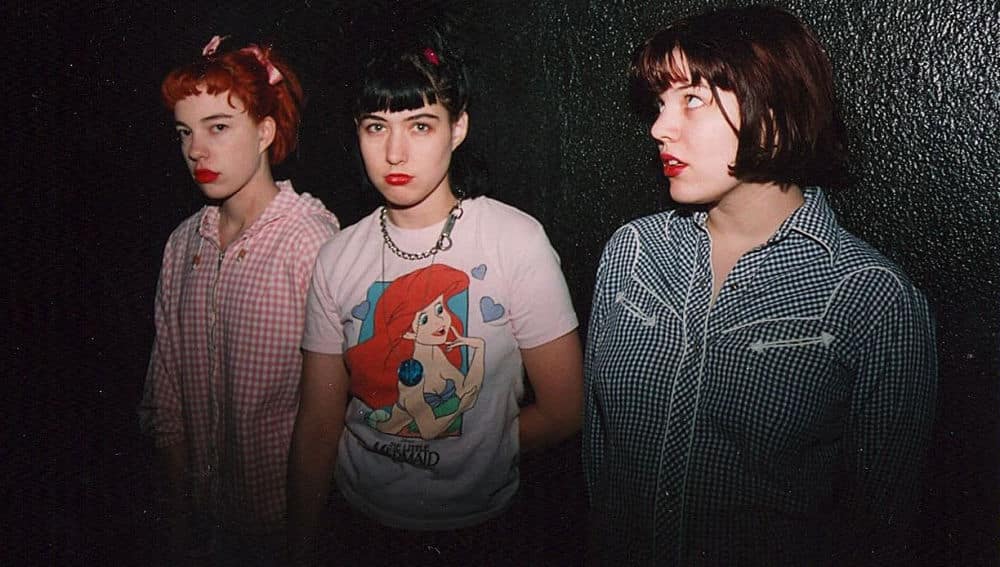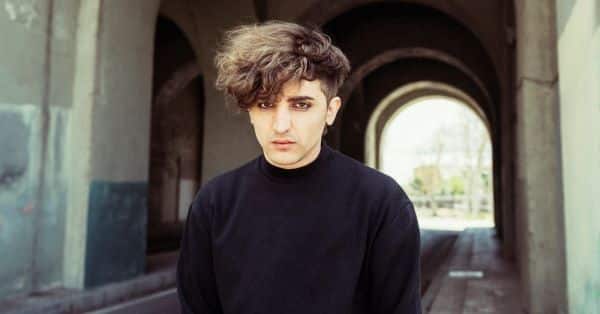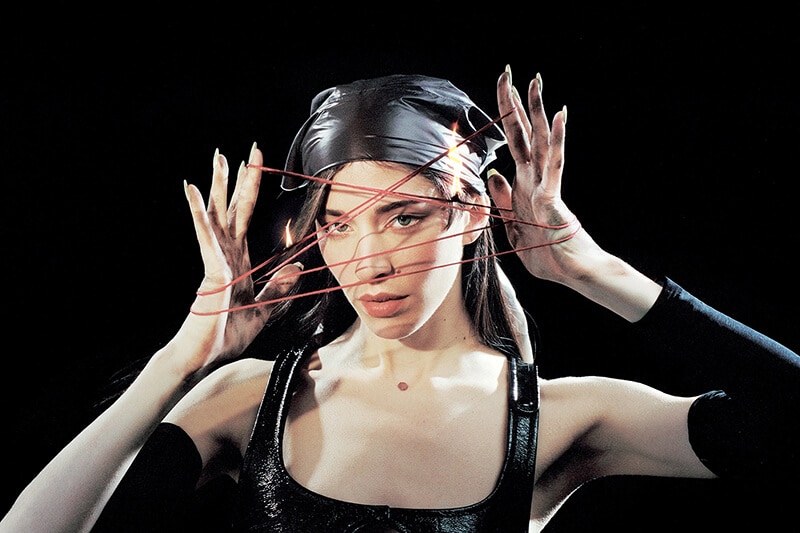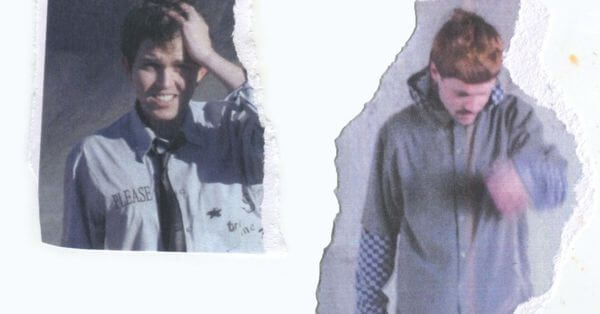We spoke with the south korean artist Soojin Choi about her artistic process, where her pieces transcend their original use to create mediums for creative and imaginative interpretation. Her participation in the new edition of UVNT Art Fair 2025 offers a unique opportunity to experience her work up close.
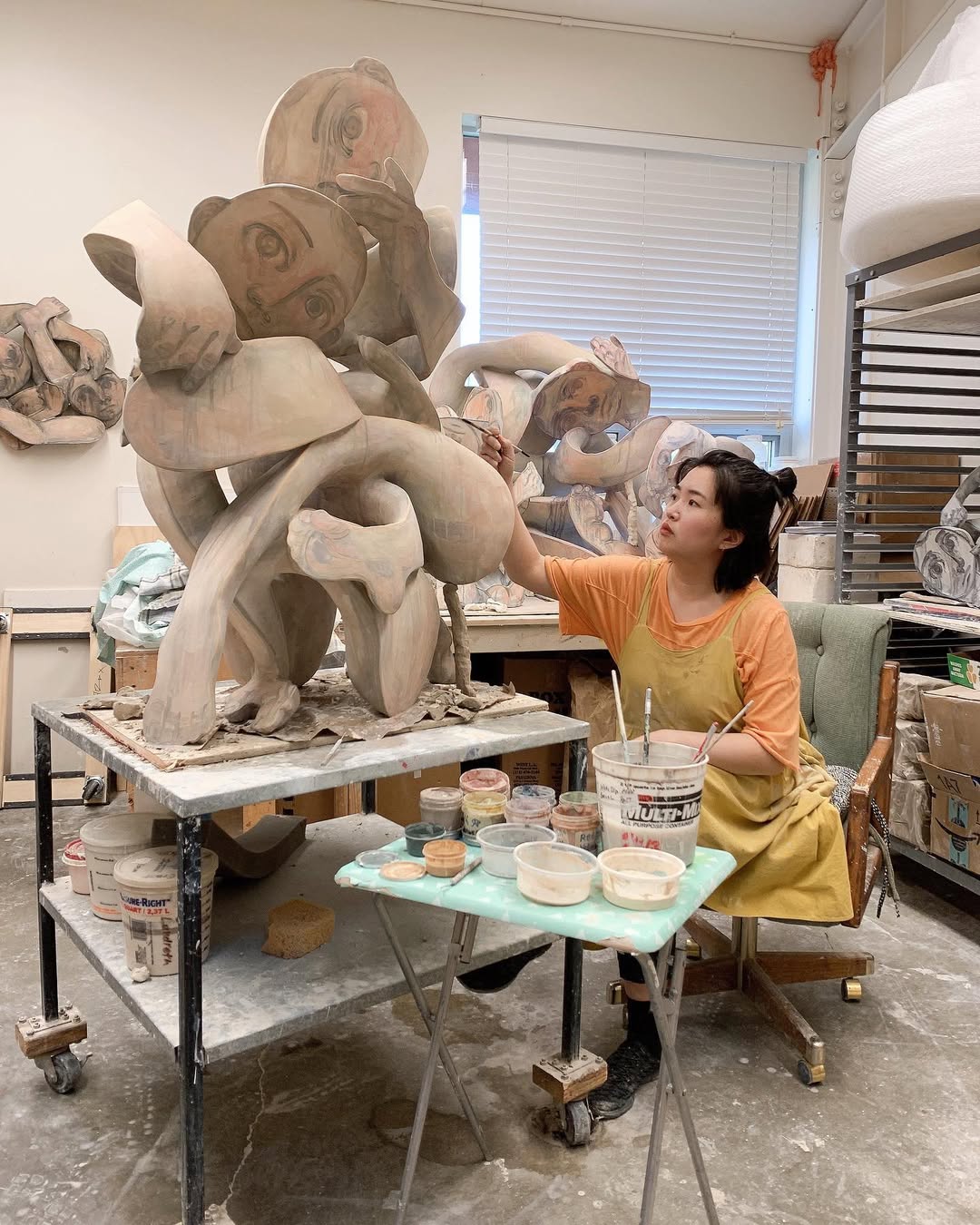 Challenging the boundaries between design, art, architecture and Technology, Soojin Choi arrives at the new edition UVNT Art Fair 2025, taking place from March 7 to 10 at the Matadero Madrid. The south korean artist has built her career in the United States and has participated in multiple artist residencies, including the Northerm Clay Center and Red Lodge Clay Center. But, her arrival in the capital will bring the audience closer to her purest vision of art, where the transformation of objects, figures and spaces through layering elevates her works, creating new meanings and lenguage.
Challenging the boundaries between design, art, architecture and Technology, Soojin Choi arrives at the new edition UVNT Art Fair 2025, taking place from March 7 to 10 at the Matadero Madrid. The south korean artist has built her career in the United States and has participated in multiple artist residencies, including the Northerm Clay Center and Red Lodge Clay Center. But, her arrival in the capital will bring the audience closer to her purest vision of art, where the transformation of objects, figures and spaces through layering elevates her works, creating new meanings and lenguage.
For the creator, human emotions are at the core of the artistic process, exploring both external and internal situations that generate complex feelings. Through the layering of her pieces, she invites the viewer to connect with emotions represented. In addition to her three dimensional works, the artist incorporates collages techniques, encouraging images to transcend into new forms of creative interpretation.


Your work is distinguished by unique forms and layered compositions. Can you share the creative narrative or the personal journey behind these elements in your new exhibition?
My life is an ongoing journey of navigating the spaces between ceramics and painting, two- and three-dimensional forms, and the cultures of Korea and the United States. This constant state of being «in-between» serves as a profound source of inspiration. Like walking a tightrope, this delicate balance of understanding and misunderstanding fuels my work and pushes me to create. I believe in the power of visual language to transcend boundaries, encouraging moments of reflection and deeper connections. By intertwining narrative and form, I strive to evoke emotions that resonate universally, creating art that invites viewers into a shared, contemplative space.
Having lived in both South Korea and the United States, you’ve had the opportunity to immerse yourself in diverse cultures. How do these different environments shape your artistic practice and influence the themes and forms in your work?
Living between South Korea and the United States has made me highly attuned to the spaces I occupy, both physically and emotionally. This dual experience has significantly shaped my sense of identity and belonging, which is often mirrored in my work. My sculptures embody the feeling of being ‘in-between’—caught between cultures, languages, and social expectations. I use ambiguous forms and gestures to express a sense of universality that transcends specific cultural markers, allowing people from diverse backgrounds to connect with the emotions embedded in the pieces. Rather than feeling isolated, this experience of being an outsider in both my home country and abroad has fostered adaptability and resilience. It has deepened my understanding of the human condition, enabling me to engage more meaningfully with the varied perspectives and cultures I encounter. This sense of duality informs my work, driving a nuanced exploration of identity, belonging, and emotional complexity.
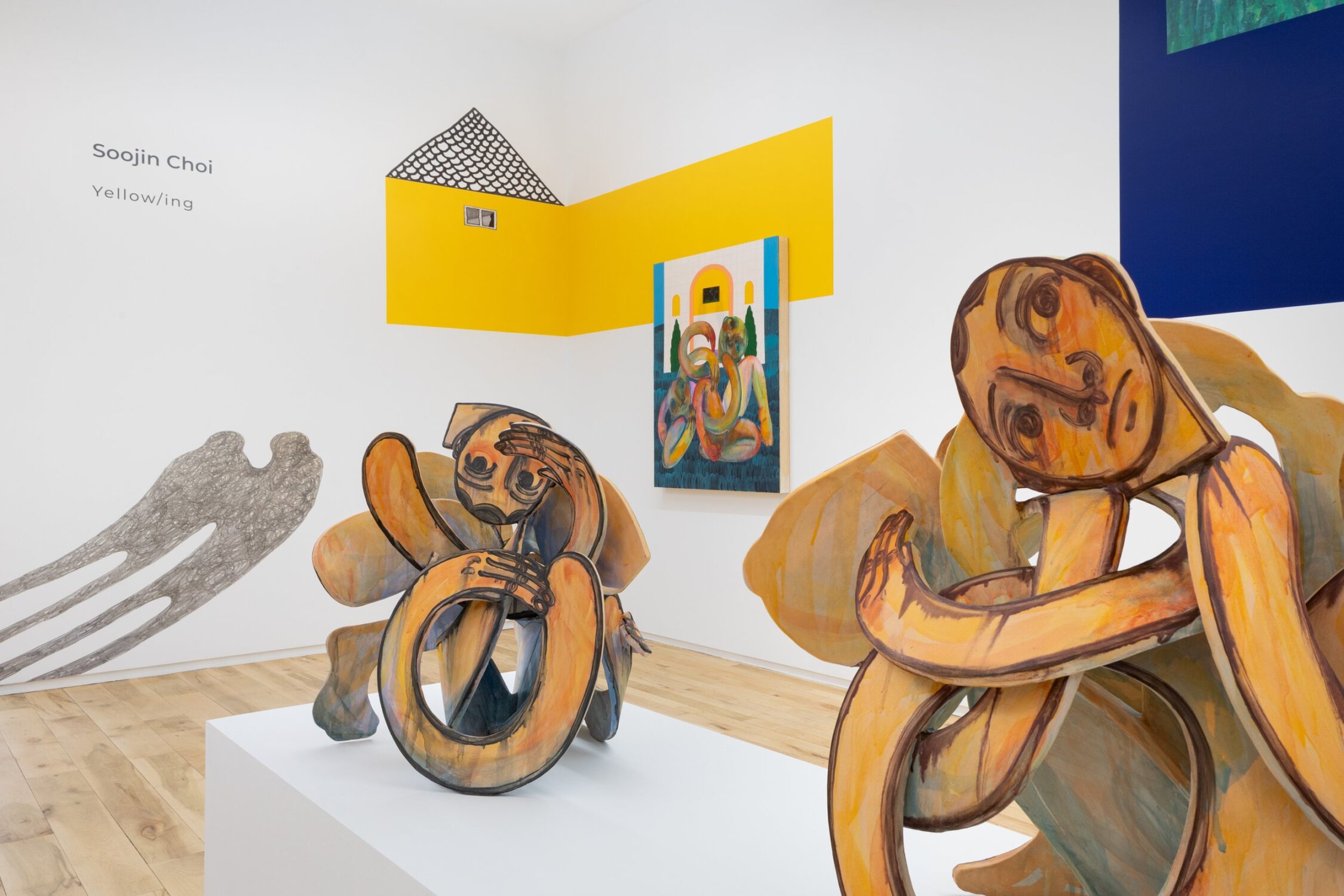
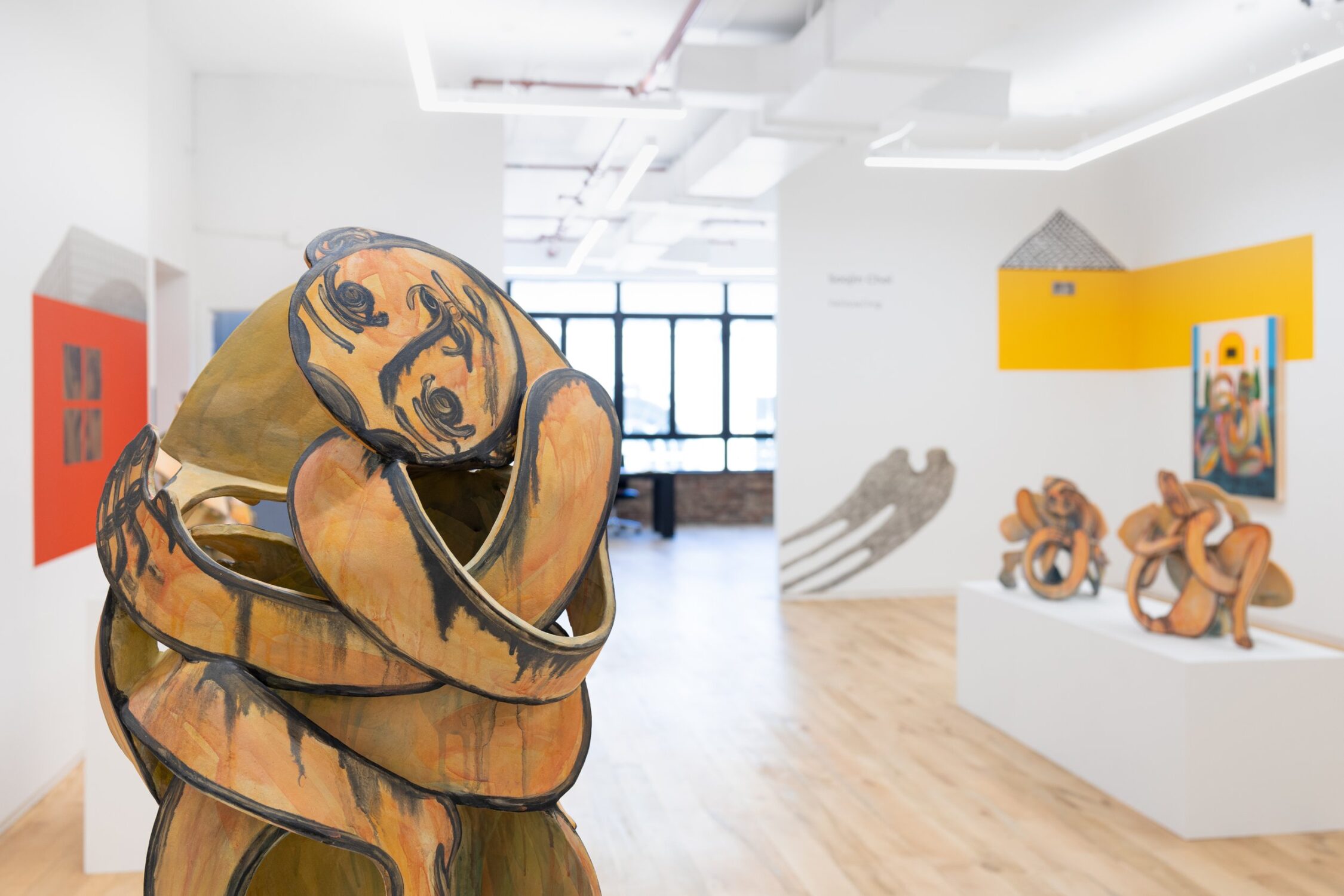
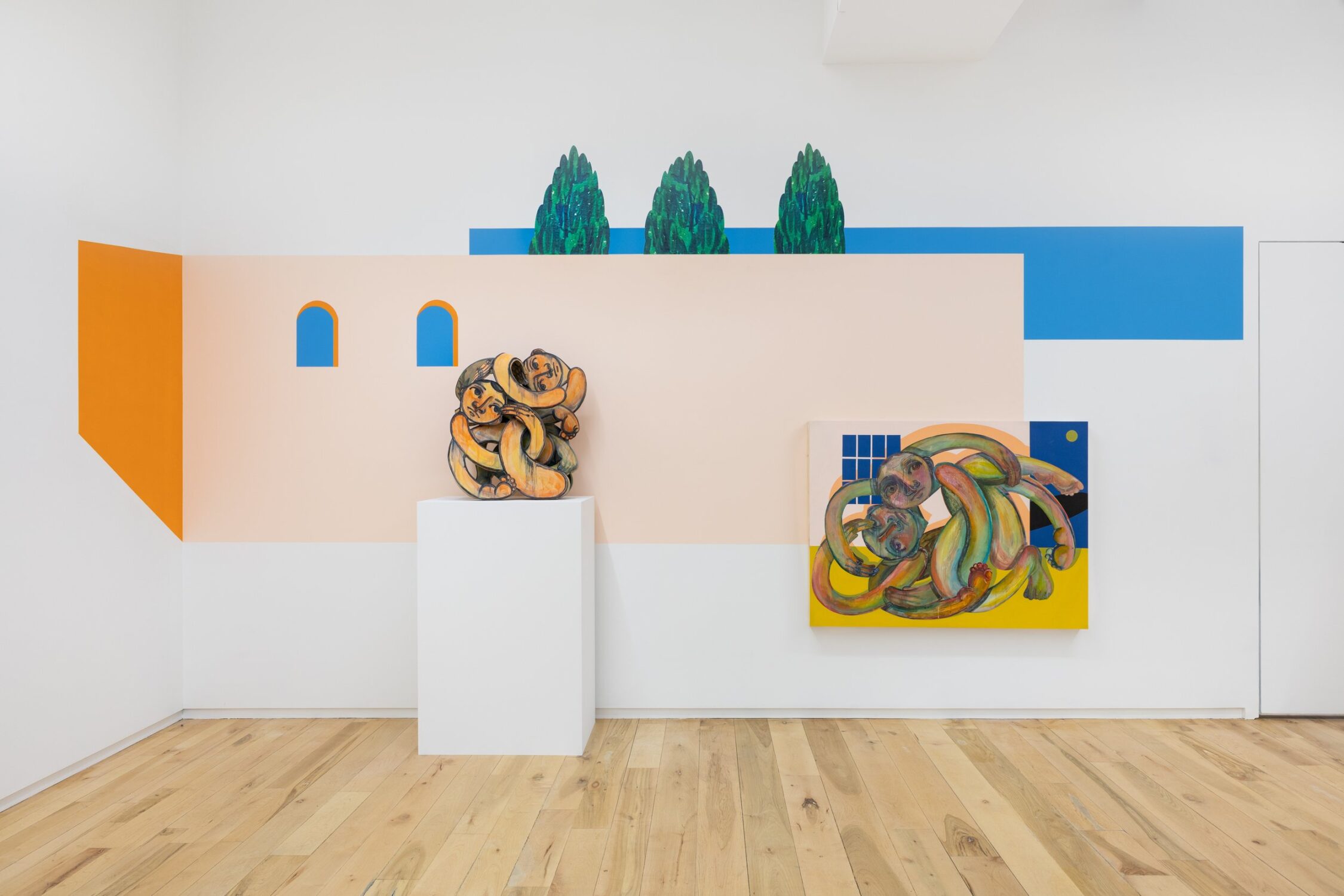
How have your diverse artistic experiences and studies influenced your creative development, and which aspects have most shaped your style?
Painting was my first love, but when I first worked with clay, I was immediately captivated by its tactile quality. In my paintings, I explored the relationship between space and objects, blending various elements into a unified narrative. This approach allowed me to convey personal stories through visual context. Working with clay offers a similar resonance. The material’s physicality, as an ‘object’ in space, drew me in, and I quickly formed a deep connection with it. The way I sculpt flat surfaces to shape into the space creates a dynamic relationship between the viewer and the work. As they move around the sculpture, their perspective shifts, altering their perception of the figures and their interaction with the space. This interplay between object, surface, and space is central to my practice, inviting the viewer to engage with the piece and discover new meanings from different vantage points.
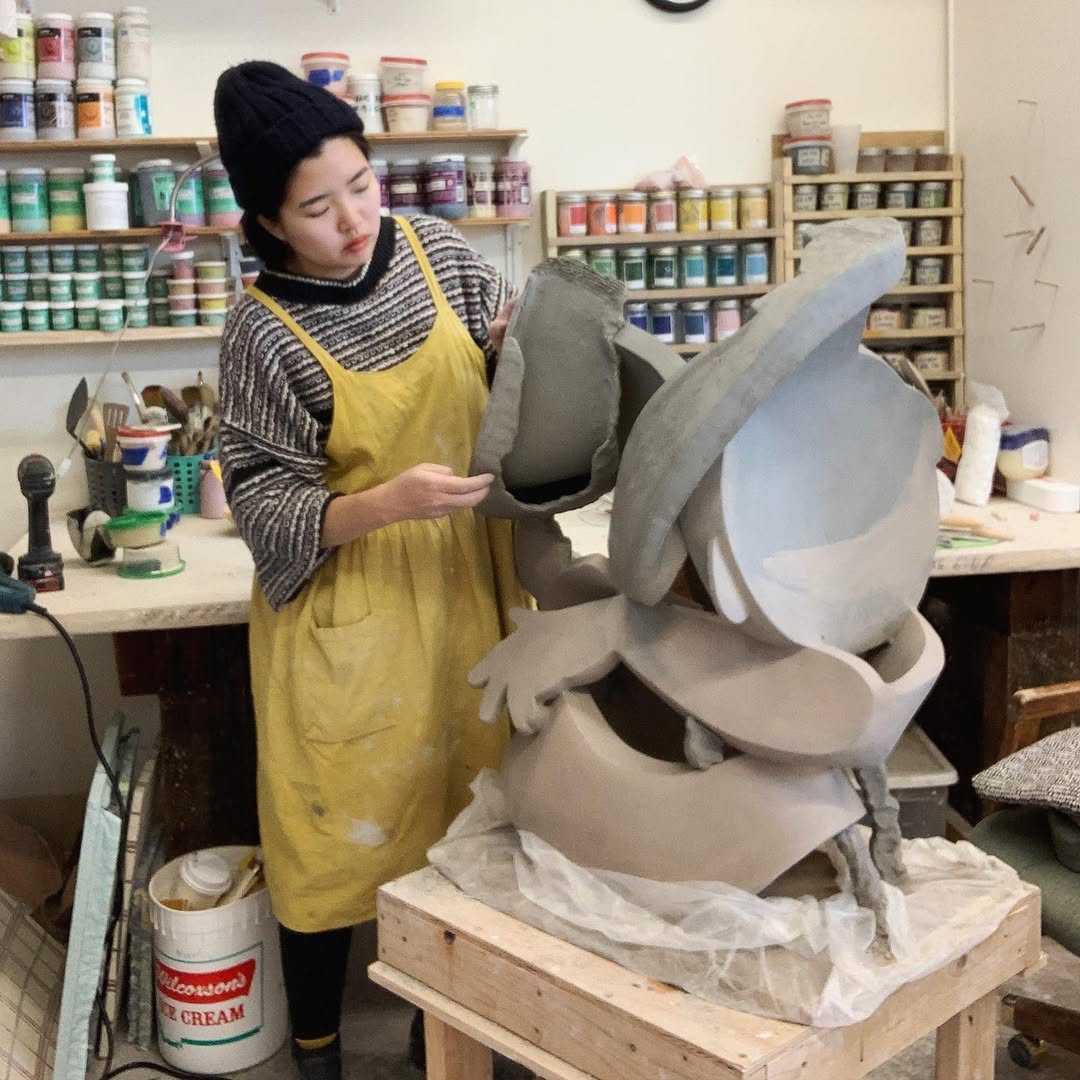
Describing a project like this can be challenging. What kind of experience or world do you hope to create for the audience through your work?
I see my figurative sculptures as characters, but I don’t want them to be limited to themes of romance. I’m exploring the emotional tension and interplay between external interactions and internal conflicts. This is why my sculptures feature two figures, which can either represent an interaction between two people or the internal conflict within a single individual. I strive to strip away gender and race from my figures so that anyone can relate to them, regardless of background. I want viewers to step into a space where emotions are both familiar and ambiguous—a universe that reflects the complexities of human interaction. My sculptures invite contemplation of internal struggles and shared experiences, allowing viewers to project their own feelings and narratives onto the work. It’s a space where connection, disconnection, and ambivalence coexist, encouraging empathy and introspection. For me, the human body and its expressions are forms of drawing. Even without words, we communicate through visual language, and this is central to my work. I’m interested in exploring the grey areas of human emotion—those feelings that may not always be clear, but are universally understood on an emotional level.
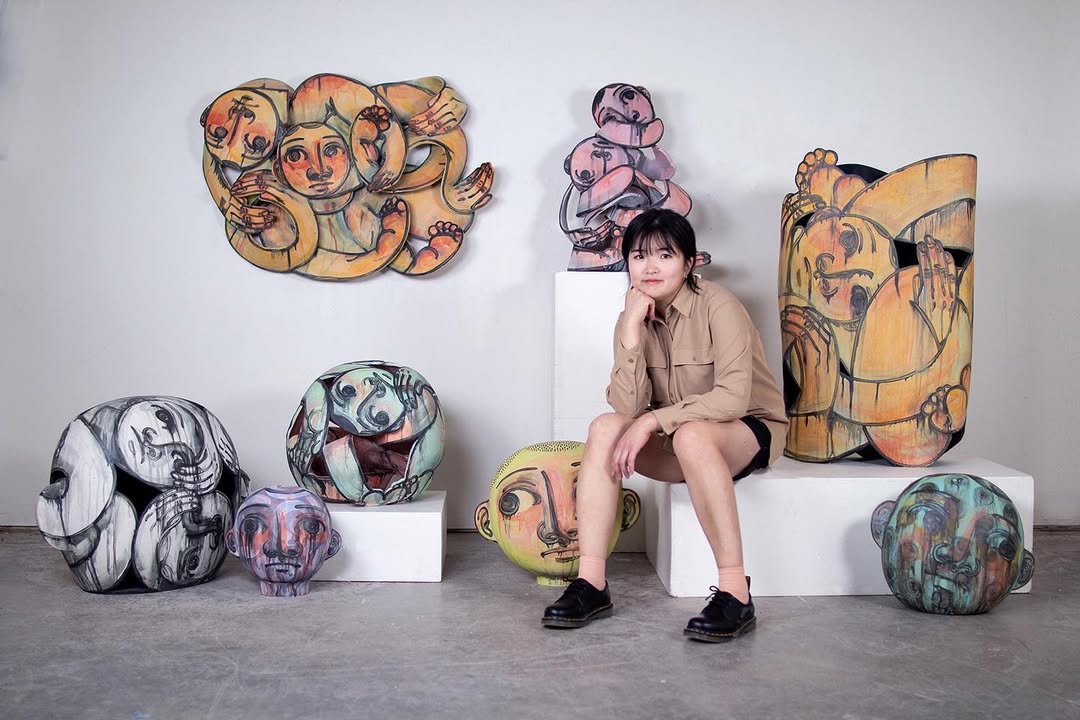
You can see more in Soojin Choi
–

